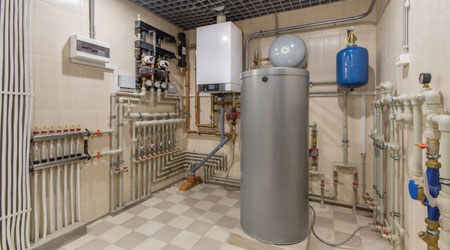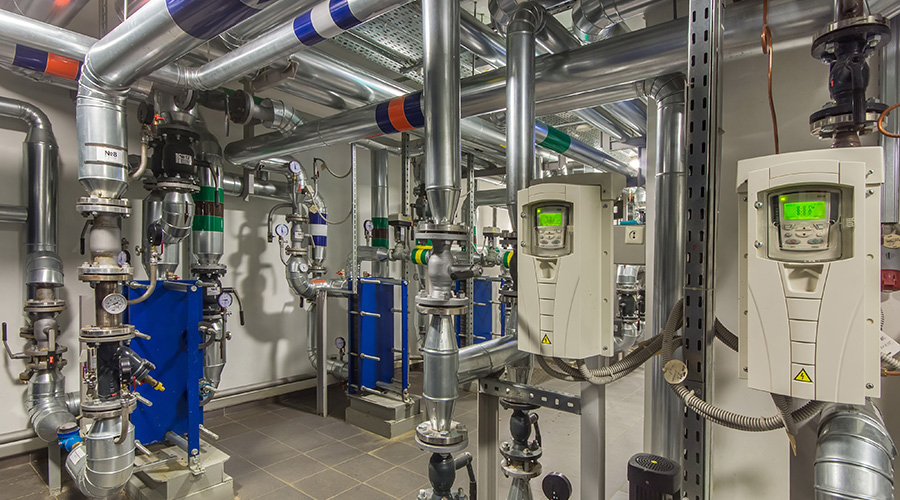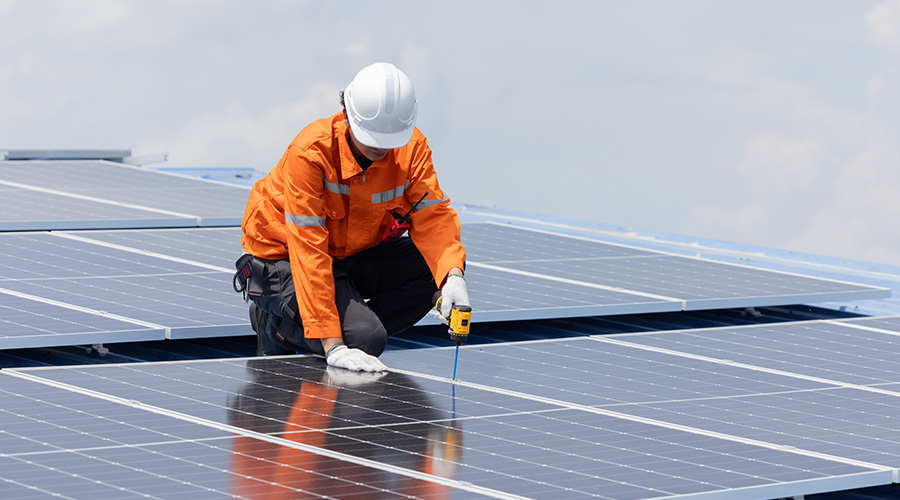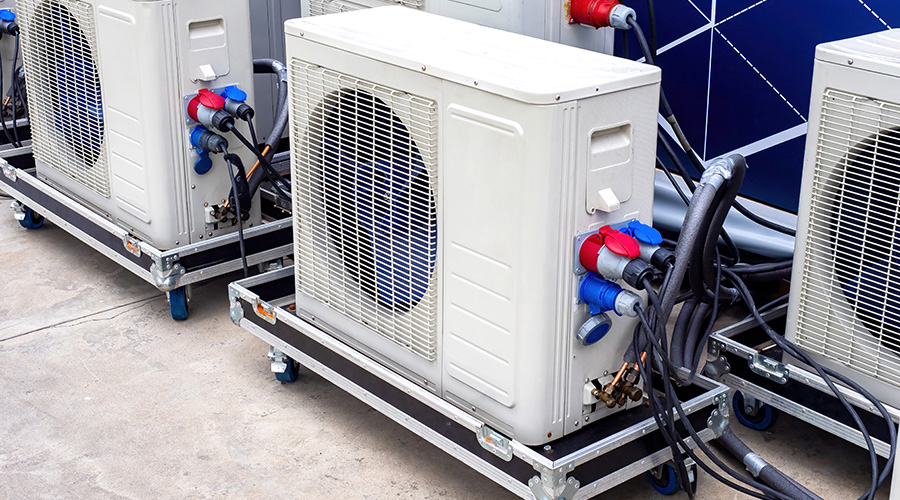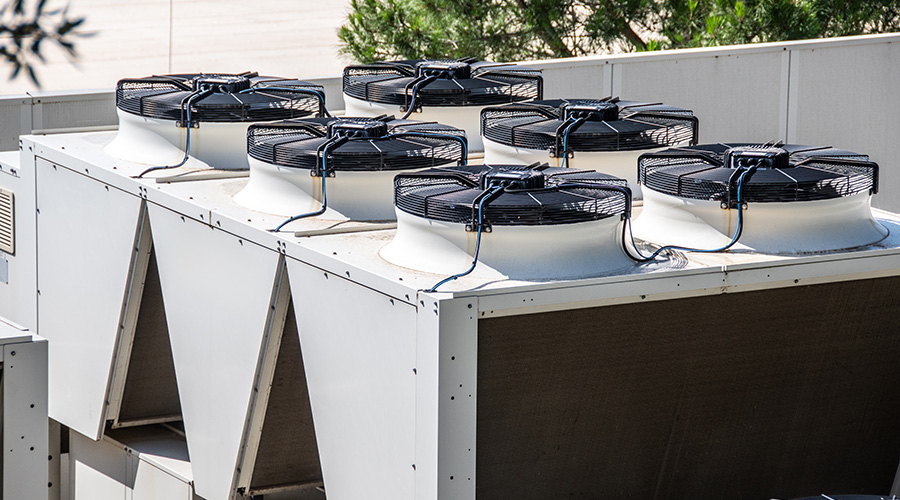Pandemic Challenge: How to Select the Right Water Heater for Your Facility
Increased water due to additional cleaning and disinfection may put a strain on domestic hot water. Here's how to avoid problems.
COVID-19 has put personal hygiene and the overall cleanliness of facilities under a microscope. The CDC provides guidance on re-opening facilities, and a significant focus of the guidance is on the planning for disinfection in order to slow the spread of COVID-19. For example, the CDC recommends these steps as part of a facilities disinfection plan:
- increased hand hygiene, including washing hands: after handling dirty laundry; before and after touching a mask; after blowing one’s nose, coughing or sneezing; after using the restroom; and before eating or preparing food
- routine cleaning and disinfection of frequently touched surfaces, such as tables, doorknobs, light switches, countertops, phones, keyboards, toilets, faucets and sinks
- cleaning and disinfecting surfaces and objects in public places before each use and as much as possible
- disinfecting soft and porous materials or items, such as rugs.
Additional cleaning, washing, and disinfection is likely to have a direct impact on the overall capacity of the domestic water system as more hot water is consumed. The question is how much. Each facility has a unique occupancy level and a different usage need during this pandemic. Some facilities operate at normal levels with additional COVID protocols while others are ghost towns as their occupants work from home.
Establishing the required amount of additional domestic hot water is not a straightforward calculation prescribed in an ASPE Data Book. The best path forward for properly sizing a replacement water heater is to document a facility’s actual use during the pandemic.
There is no substitute for actual consumption data when establishing criteria for replacing existing equipment. If the existing domestic water system is configured with flow-measurement capabilities connected to a building management system, managers should start a trend log as soon as possible.
They also should review the sizing criteria for the replacement water heaters and compare the theoretical hot-water sizing calculation with actual consumption data. This comparison will shed light on the required size of the replacement water heater.
If managers determine that additional gallons per hour (gph) are required to satisfy occupant demand, they will need to determine the best way to provide those gallons. The consultant can evaluate the existing conditions and provide a manager with options for delivering more gph to the facility. If space is available, perhaps a larger storage tank can be provided. If space is at a premium, then recovery demand of the water heater can be increased. Each facility has different existing abilities and limitations that managers need to consider when establishing the details associated with the replacement water heater system.
The additional quantity of domestic hot water consumed by COVID-19 mitigation will not impact the existing domestic water distribution pipe sizes. Lavatories, sinks, and mop sinks do not necessarily require higher flow rates, but they will be used more often, thus using the hot water within the water heater quicker.
The way buildings will be designed and operated because of COVID-19 will change to ensure operational flexibility, which inherently will create more complexity within mechanical systems.
Orion Morrissey is principal mechanical engineer with Stantec.
Related Topics:








